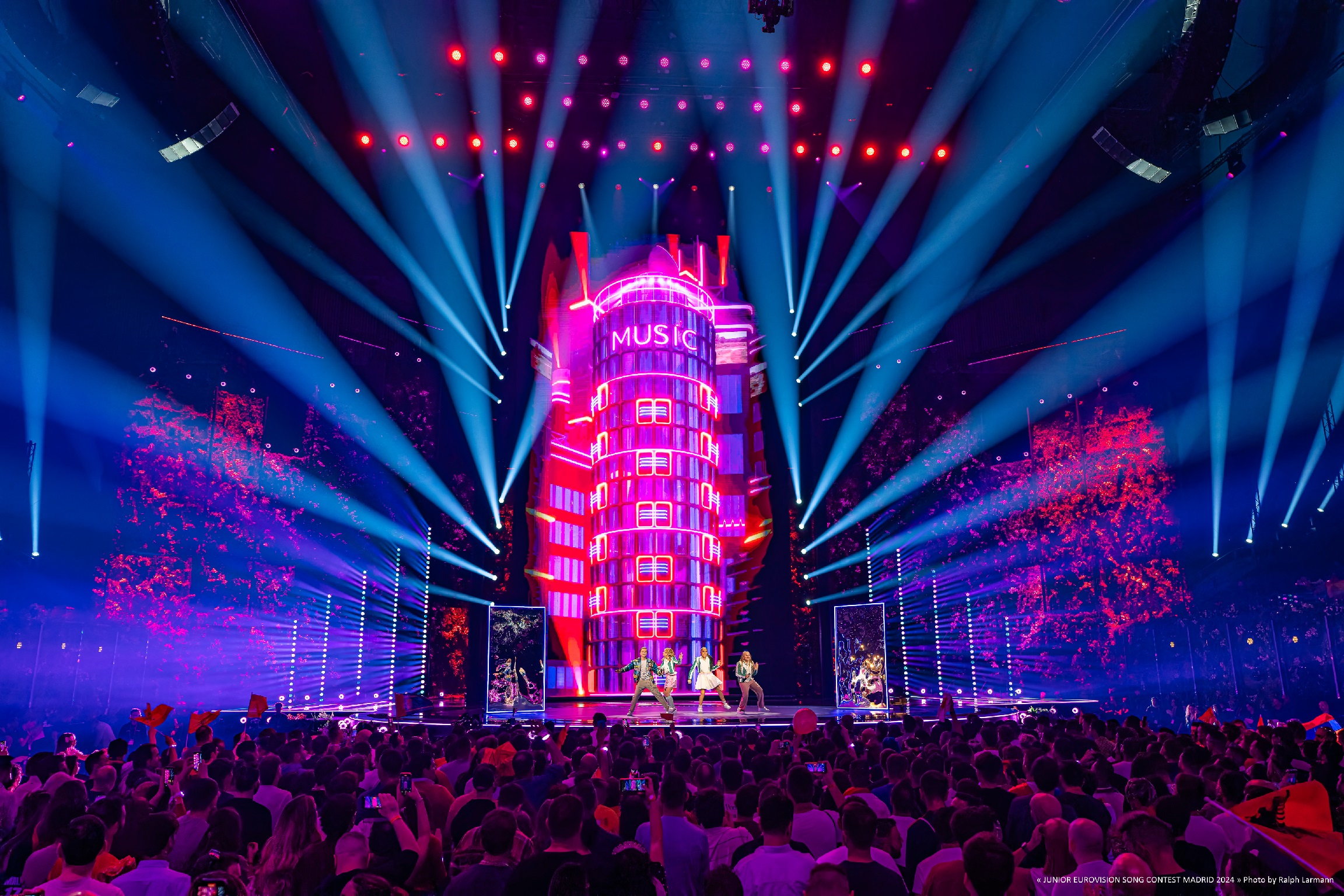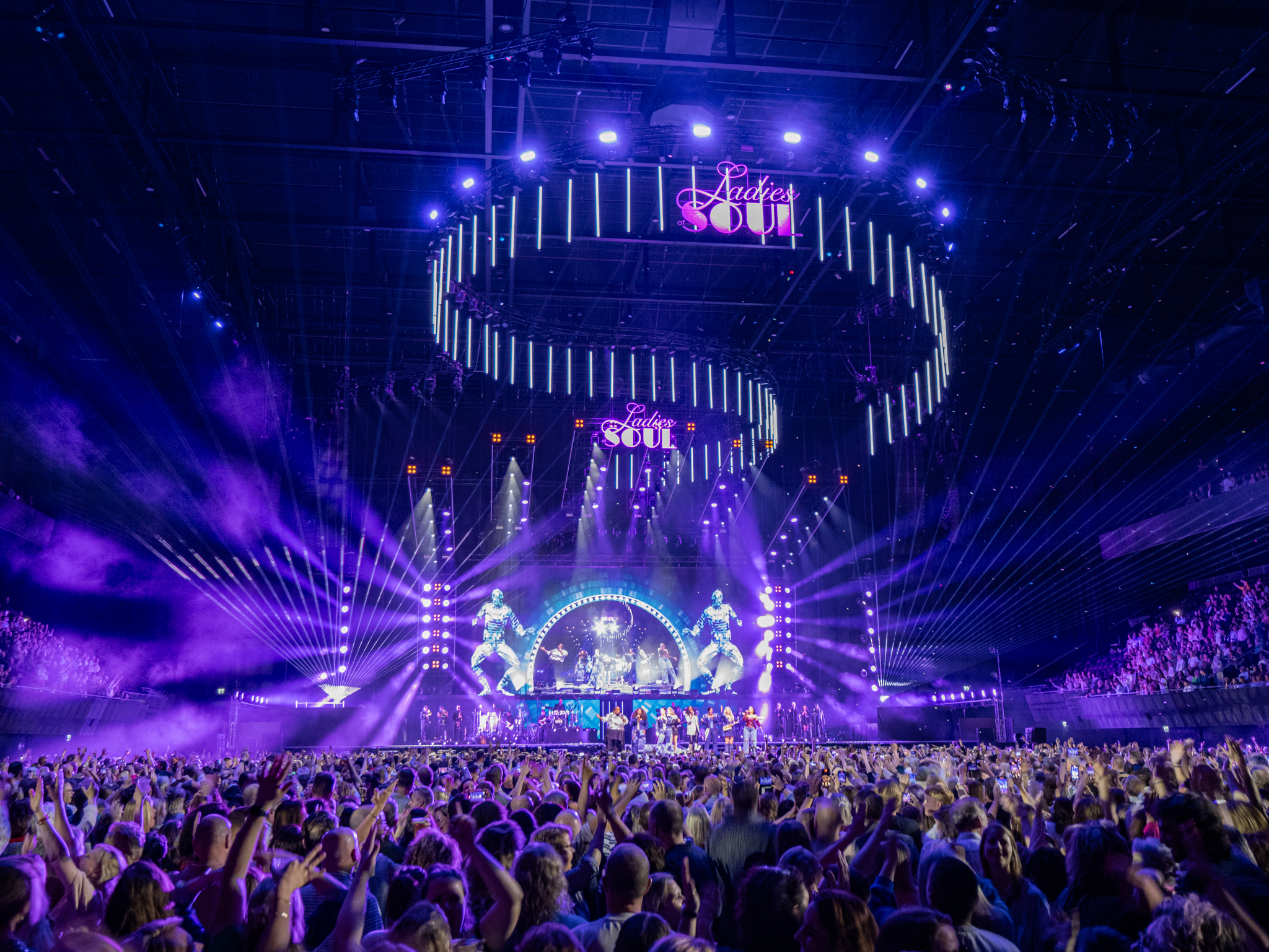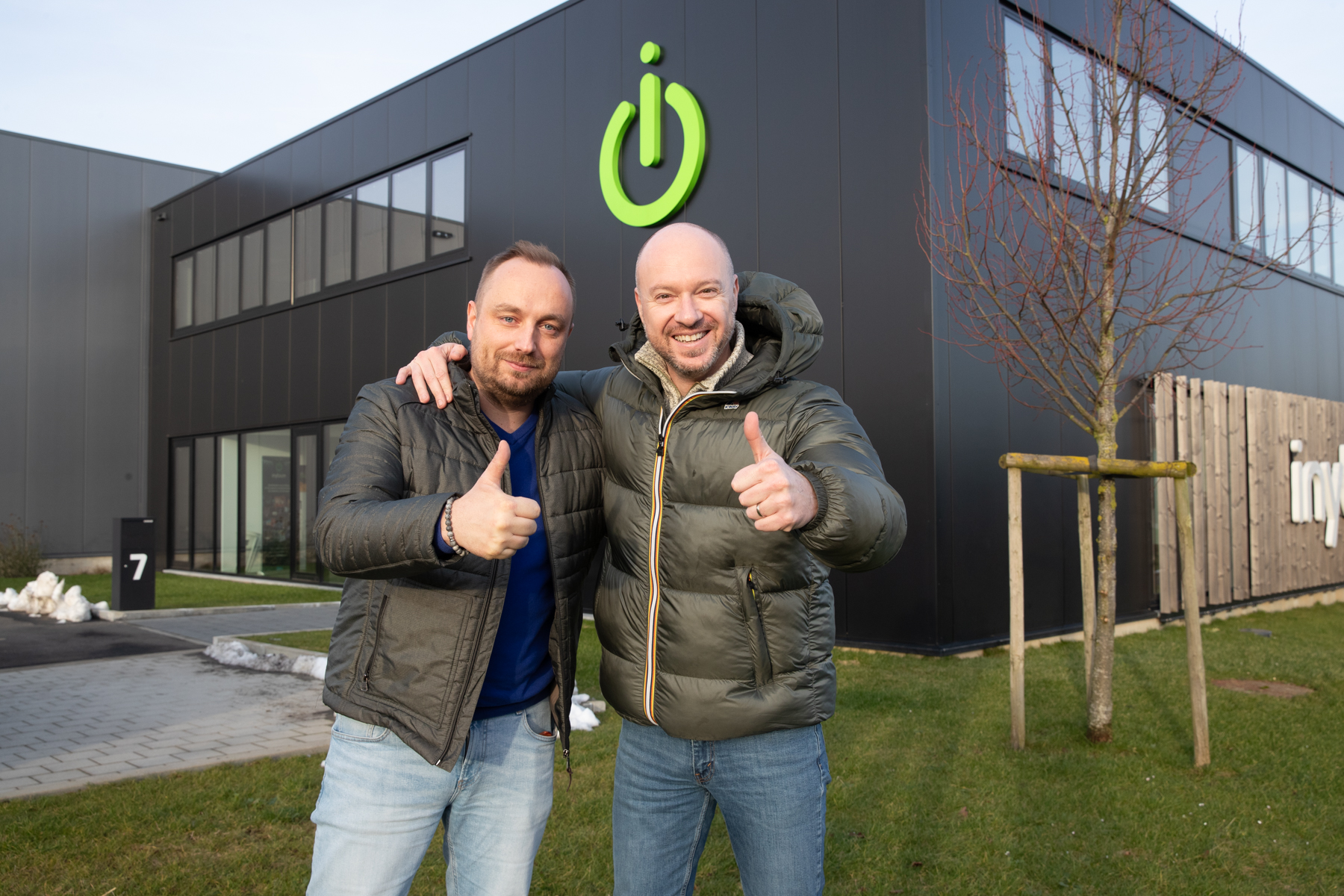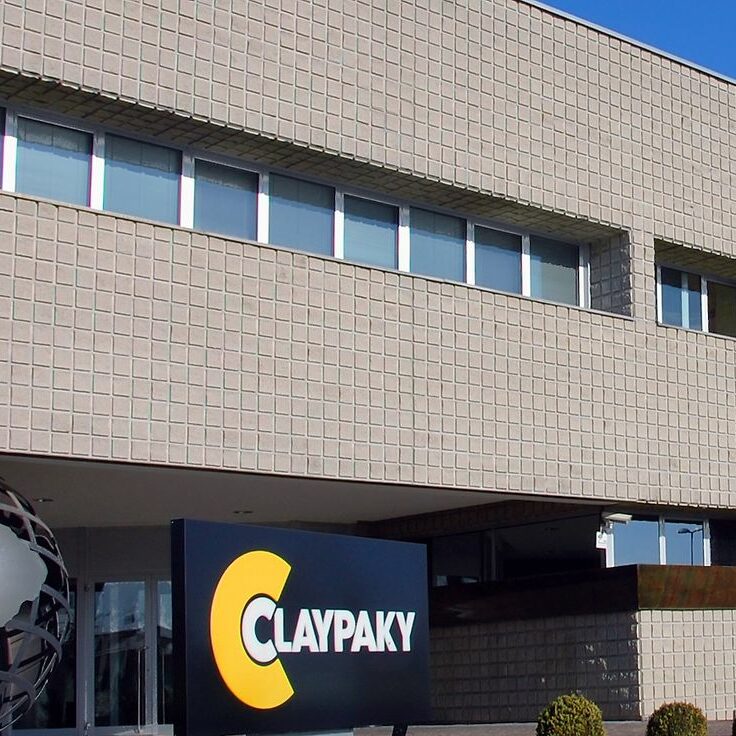MANCHESTER, U.K. – DBN Lighting supplied lighting design, equipment and control for the week-long re-opening of Manchester's redeveloped People's History Museum in the city's center. The museum's focus is on the lifestyles and challenges faced by ordinary working people. The £12.5m project included the refurbishment of the existing Pump House and the construction of a four story extension alongside it, with old and new buildings joined together by a new glass walkway.
Event producers Walk The Plank commissioned DBN's Stephen Page to produce the concept and the work, which involved more than 80 individual LED lighting fixtures. These were strategically positioned in various locations inside the building, to be viewed externally by the public via a patchwork of windows on the side of the building closest to the river.
Walk the Plank completed the launch week's visual picture with the installation of a flame jet system on top of the roof, which worked with the interior lighting to draw attention to the re-opening of the Museum.
DBN and Walk The Plank have collaborated on previous projects, and Stephen Page noted, "It's exciting to have the opportunity of creating something original and memorable like this that is so directly related to our home town and the history of the region."
The LED fixtures specified included a combination of ChromaQ ColorBlock Mk2s, i-Pix BB4s and SGM Palco 3s, arranged according to throw requirements. LED fixtures were chosen for their rich color changing abilities, low heat output and the practicality of powering the whole installation from existing sources within the building.
The fixtures were located on window sills, desk tops, filing cabinets, and so on. "It had a nice element of ‘randomism' while also being very meticulously thought-out to get the right effects and coverage for the different spaces, in the process creating an eye-catching flow of color through the building for those experiencing it from the outside," said Page.
Drawing on the colors of the Museum's signage and branding for inspiration, the lights were programmed into a series of clips on a Jands Vista S1 console, which used the Date-Time-Events panel functionality to trigger the lightshow to start and stop each evening. Once programmed, control was transferred to a laptop that was used to replay the show.
The design was based on the energy and organic flow of movement, reflecting the history of people at work. This also tied in with the fluid motion of the adjacent river.
Page worked with DBN's Nick Todd, who as senior project manager oversaw the installation for DBN.
Together with Craig Horner, the Museum's IT Manager, they used Ethernet, Cat 5 and DMX for control.
For more information, please visit www.dbn.co.uk.



